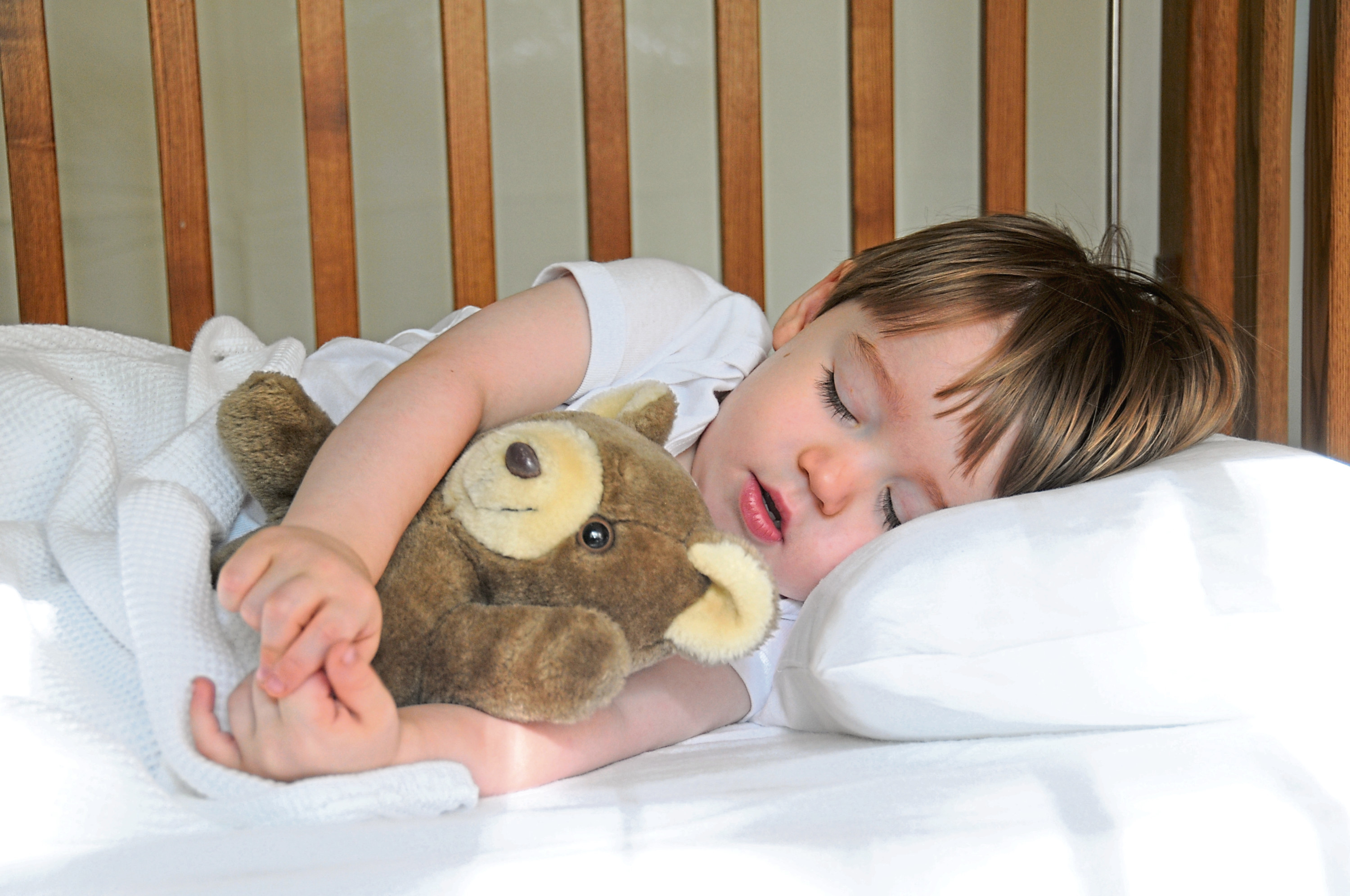
IN his new book Why We Sleep: The New Science Of Sleep And Dreams, neuroscientist and sleep expert Matthew Walker reveals why hitting that snooze button could save your life.
Here he tells Laura Smith the Honest Truth about why we all need to get some sleep.
What’s your background?
Why we sleep remains one of the last great scientific mysteries. That fascinates me, so I’ve been studying sleep for more than 20 years, understanding how it enriches our brains and bodies.
Are we getting enough sleep?
Eight hours a night is recommended but over the past 100 years, there has been an erosion of sleep time across most first-world nations. In 1942, the average adult slept 7.9 hours a night. Now, it’s closer to 6.5 hours on average during the week.
We’ve lopped 20% off what Mother Nature took 3.6 million years to put in place.
What are the benefits of sleep?
Put simply, sleep can save your life. It’s the greatest form of universal health care.
Every major disease, such as Alzheimer’s, diabetes, cancer, cardiovascular disease, strokes and even suicide, all have significant links to insufficient sleep.
If you don’t get enough deep sleep, you lose the natural refresh of your cardiovascular system because deep sleep allows a drop in heart rate, blood pressure and stress chemicals.
Sleep also affects your metabolic rate as it helps regulate the sensitivity of beta cells in the pancreas to sense blood sugar spikes and release the appropriate amount of insulin.
After just one week of sleeping five or six hours, your blood sugar levels are disrupted so much that your doctor would classify you as being pre-diabetic.
The old maxim goes “you can sleep when you’re dead”. If you adopt that mindset, not only will you be dead sooner, your quality of life will be significantly worse.
Is there a link between sleep and cancer?
Just one night of seven hours of sleep can cause a 70% reduction in natural “killer cells”.
These cancer-fighting cells are very good at identifying and destroying malignant masses. You want a virile set of these immune assassins at all times. But that’s exactly what you don’t have when you’re not sleeping enough.
It’s a reason why insufficient sleep is linked to cancers.
The World Health Organisation classifies night-time shift work as potentially carcinogenic.
Where do you stand on sleeping pills?
Unfortunately, none of the sleeping pills we have right now produce natural sleep. The majority are sedative-hypnotics. Sedation is not sleep.
You’re simply knocking out your cortex.
The electrical brain wave patterns generated when you take these sleeping pills show this isn’t normal sleep. In fact, it seems to disrupt or change the quality of your deep sleep.
Why are some of us morning larks or night owls?
It’s not a choice, it’s genetic. There’s probably a good evolutionary argument for this.
We used to co-sleep as tribes, which meant that, as a collective, we would all be able to get eight hours of sleep.
Morning types and evening types in a tribe naturally allow you to always have someone awake at some point throughout the 24-hour cycle.
It’s a really smart Mother Nature solution to this problem of vulnerability.
Can we change those patterns?
There are some things that owls can do to try to become a little bit more lark-like.
Staying away from light before bed is really important for owls, so don’t look at screens in the last hour of two before you want to go to sleep.
Dimming down half the lights in your house can also help. In the morning, try to make sure that you get lots of natural daylight.
It’s very difficult to change though.
Whenever you fight genetics, genes usually win.
Why We Sleep: The New Science of Sleep and Dreams, published by Penguin, is out now.

Enjoy the convenience of having The Sunday Post delivered as a digital ePaper straight to your smartphone, tablet or computer.
Subscribe for only £5.49 a month and enjoy all the benefits of the printed paper as a digital replica.
Subscribe